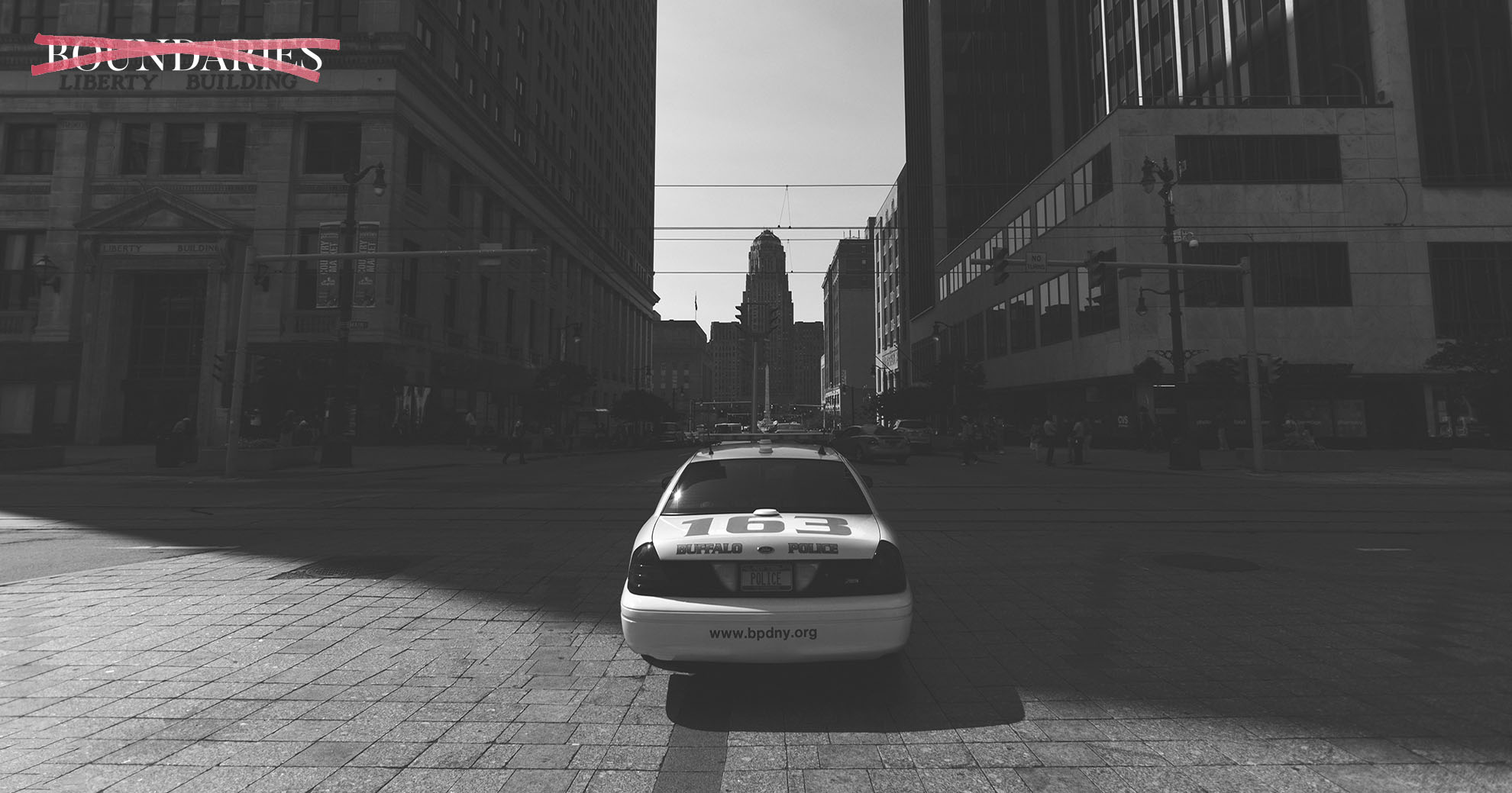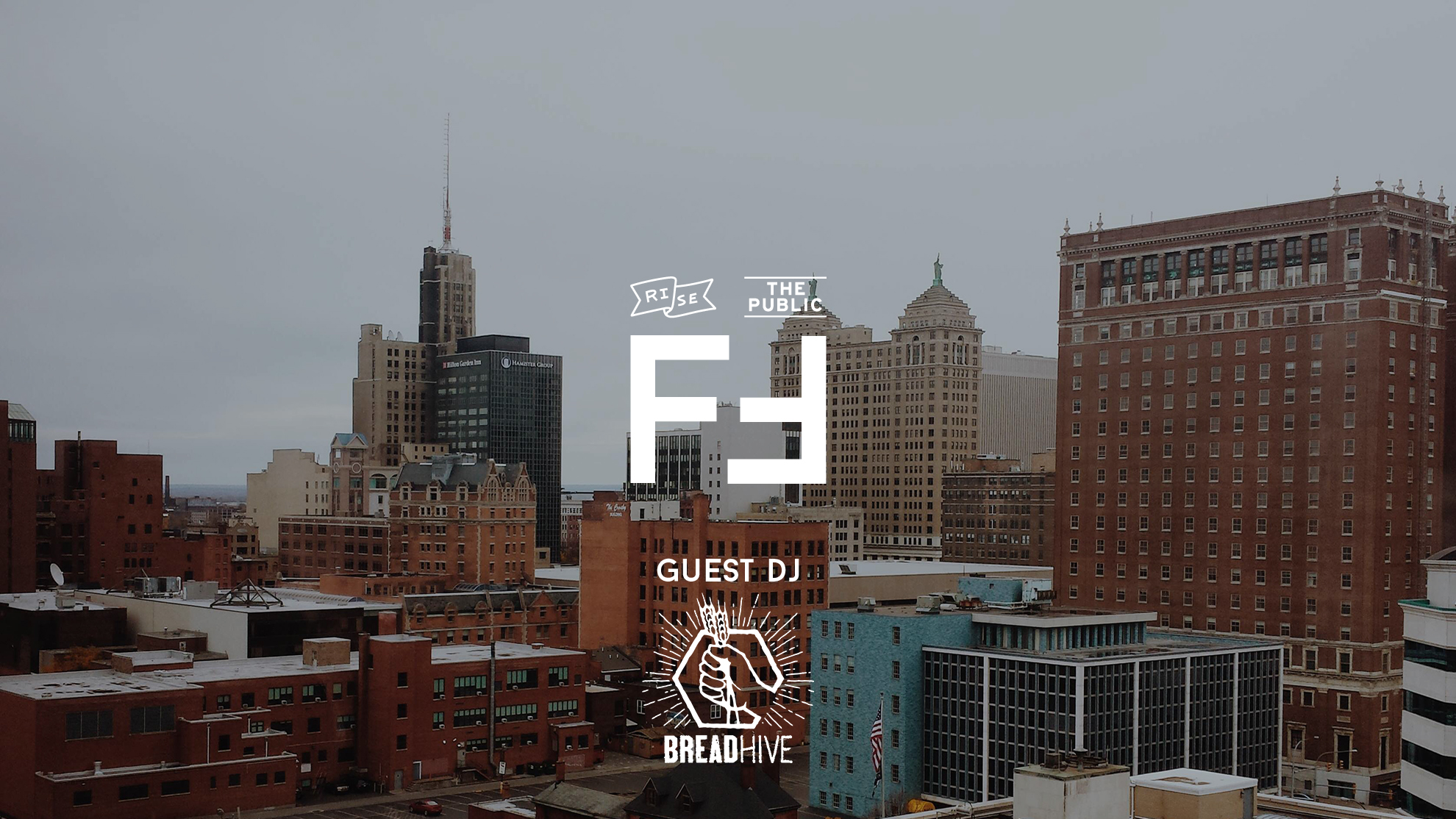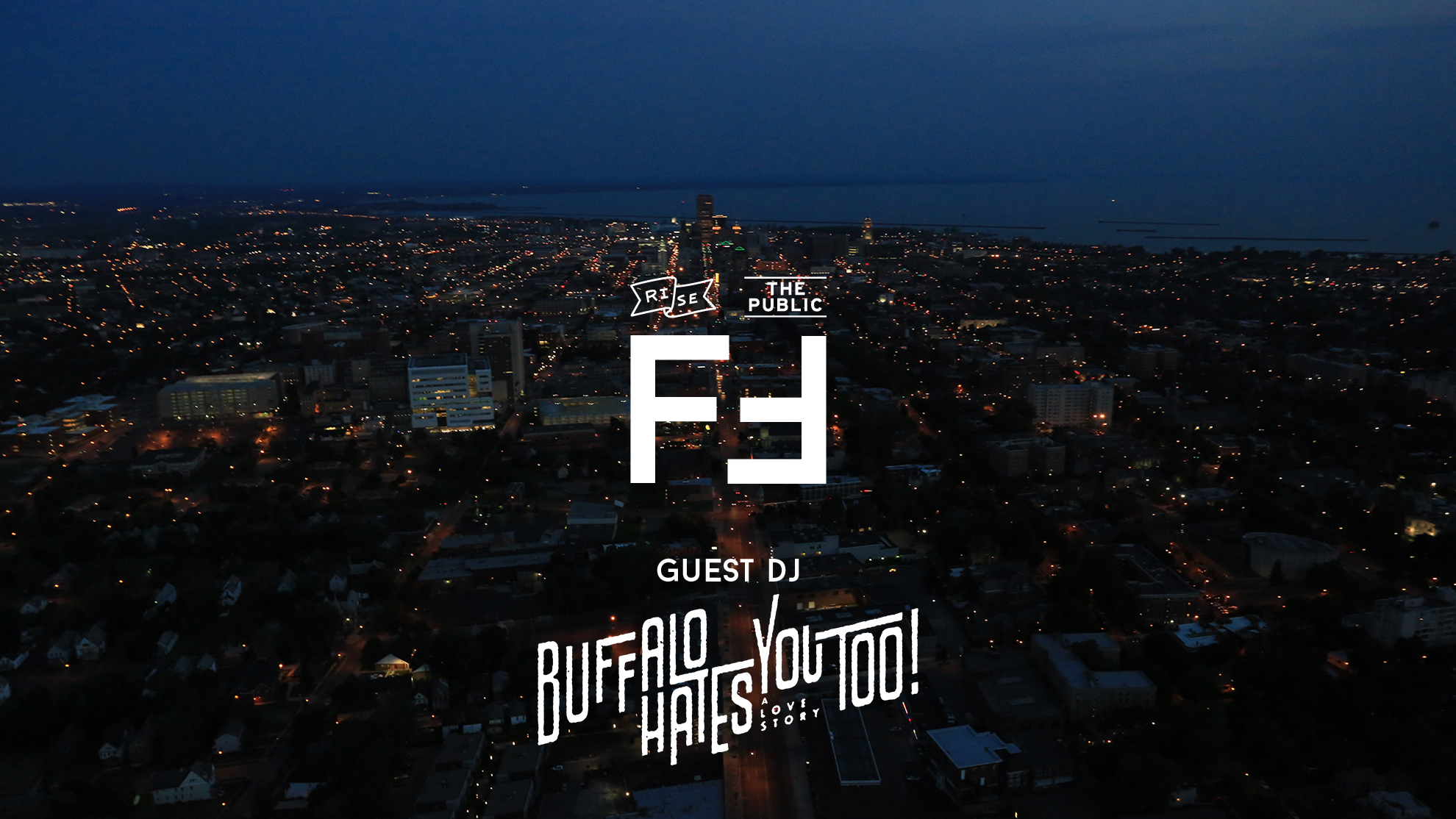By Dr. Steve Peraza // Policy Analyst at Partnership for the Public Good & Professor of History at SUNY Buffalo State College
Image by Stephanie Dubin
This past spring, Open Buffalo and its community partners administered a community policing survey to 2,018 residents of Buffalo to learn more about community perceptions of police. This survey was commissioned, in part, to address the dramatic racial disparities in the local criminal justice system.
In 2013, Open Buffalo published “Alarming Disparities,” a report showing that the number of blacks arrested and incarcerated in Erie County was disproportionately high given the size of their population. While blacks comprised only 13.9 percent of the general population in Erie County, they were 42.6 percent of all people arrested, 41.1 percent of those convicted, and 41.1 percent of those sentenced. Following the report, Open Buffalo convened the Justice and Opportunity Table, a coalition of residents, community organizations, and law enforcement officials, with the purpose of reducing the number of, and racial disparities within, arrests and incarcerations in Erie County. One of the Table’s first charges was to learn about the nature of police-community relations in the city.
To this end, Open Buffalo and the Justice and Opportunity Table developed a policing survey with a twofold goal: First, to gain a deeper understanding of the interactions between Buffalo police and the community, and, second, to initiate a conversation with residents about how to improve public safety in their neighborhoods.
Open Buffalo trained 75 people to administer the survey using a convenience sampling method, interviewing the people available to them at any given site. They engaged respondents in a wide variety of locations, including grocery stores, metro stops, community events, neighborhood meetings, among other sites. The survey was also translated into four languages, so surveyors could engage Buffalo’s growing refugee and immigrant populations. By July, surveyors had involved more than 2,000 city residents in a conversation about policing in Buffalo.
Conducting brief, in-person interviews, surveyors reached a truly diverse segment of the city population – men and women of different races, ages, genders, and class statuses, who reside in neighborhoods that span over 30 ZIP codes. Fifty percent of all survey respondents were black, 24.5 percent white, and 8.3 percent Hispanic. Meanwhile, 38.7 percent of survey respondents were men and 55.5 percent women. And 51 percent were between the ages of 18 and 44, 24 percent between 45 and 64, and 6 percent over 65.
Data from the community policing survey showed that approximately 50 percent had a favorable impression of the Buffalo Police Department (BPD), and 51 percent of respondents believed that Buffalo police officers would help them when in need. One respondent praised police for helping to revitalize her neighborhood: “D-district was instrumental in helping our block clubs clean up the neighborhood.”
The most consistent suggestion survey respondents made was that police interact more with the community.
However, for a significant number of residents surveyed, trust in the police was lacking. Twenty-seven percent of respondents thought police would not help them when they needed it; 41 percent of respondents had an unfavorable impression of the BPD; and 44% said that police do a poor job working with the community to prevent crime. Even respondents with good impressions of the police saw disparities across neighborhood lines. “I believe that [A-District police] are great and always helpful,” writes one respondent. “This would be a different answer if I was speaking of the district by my work near ECMC. They are rude, unfair and do not respond.”
When asked how the BPD could improve local policing, residents made clear recommendations. Respondents wanted the BPD to increase their involvement with the community in non-enforcement settings; to communicate better and more frequently with community members; and to make a concerted effort to respect the men and women they encounter on duty.
The most consistent suggestion survey respondents made was that police interact more with the community. For one respondent, the solution was simple: “Police need to get out of their patrol cars!” This way, police officers can engage the community directly by walking the beat, introducing themselves to neighborhood residents, and talking to local leaders and community groups.
To facilitate greater interaction between police and community, survey respondents called for better and more frequent communication. When the police are present in the community and share information, one respondent opined, “the community can see them as more reliable and trustworthy.”
Finally, and perhaps most importantly, survey respondents seemed to demand that Buffalo police officers be more respectful of community members. Thirty-one percent thought the police did not respect women; 53 percent believed they did not respect young people; and 60 percent claimed the police did not respect people of color. When asked how to improve the BPD and policing in Buffalo, survey respondents were frank: “[Police officers] can be a bit nicer,” one respondent stated plainly, “Some of them are mean.”
It should be noted that survey respondents were not a mirror image of the city’s population as a whole. Surveyors tried hard to reach groups whose voices are often not heard fully, including people of color and youth. This inclusive outreach made the results all the more important and revealing. But for those readers who would like a snapshot of how the city as a whole feels about policing, Open Buffalo’s Justice and Opportunity Table is also preparing a “weighted” version of the survey results that will adjust for differences in race and age. These results will be available in the comprehensive report on community policing that will be released this fall.
All government institutions benefit from self-examination and widespread community engagement. Buffalo police are proud that the tragedies of Ferguson, Baton Rouge, and Dallas have not happened here. But, as shown in “Alarming Disparities,” Buffalo has significant racial disparities in its criminal justice systems. Moreover, city residents have expressed serious reservations about local policing practices. City officials would be wise to use Open Buffalo’s community policing survey data as a tool to improve policing citywide.




